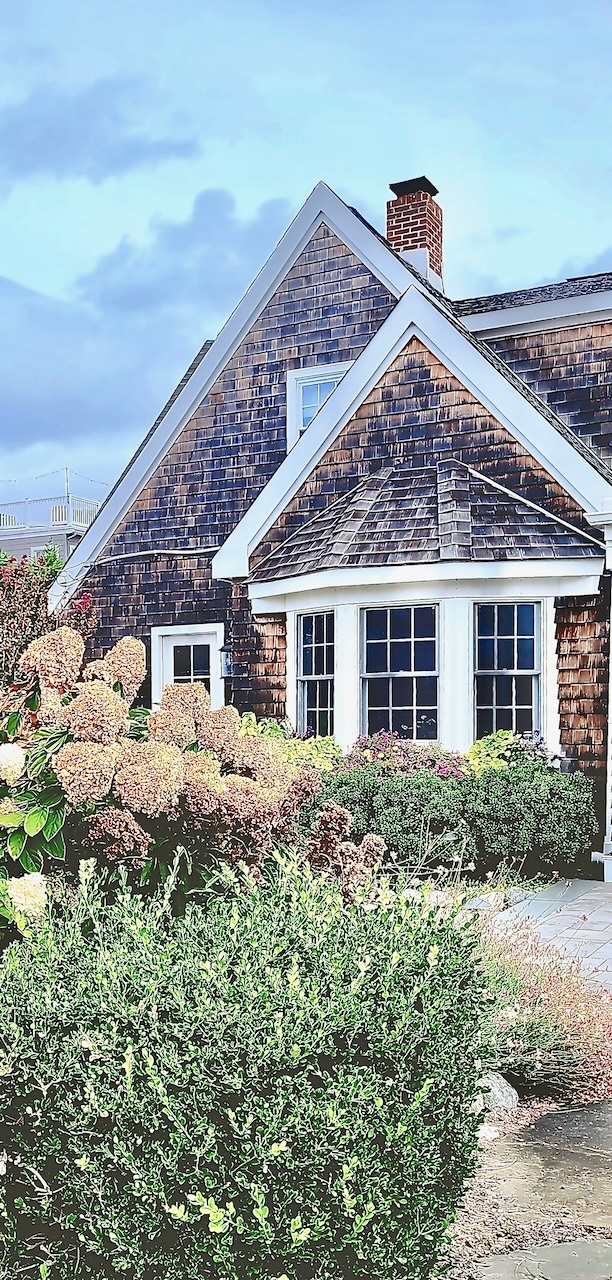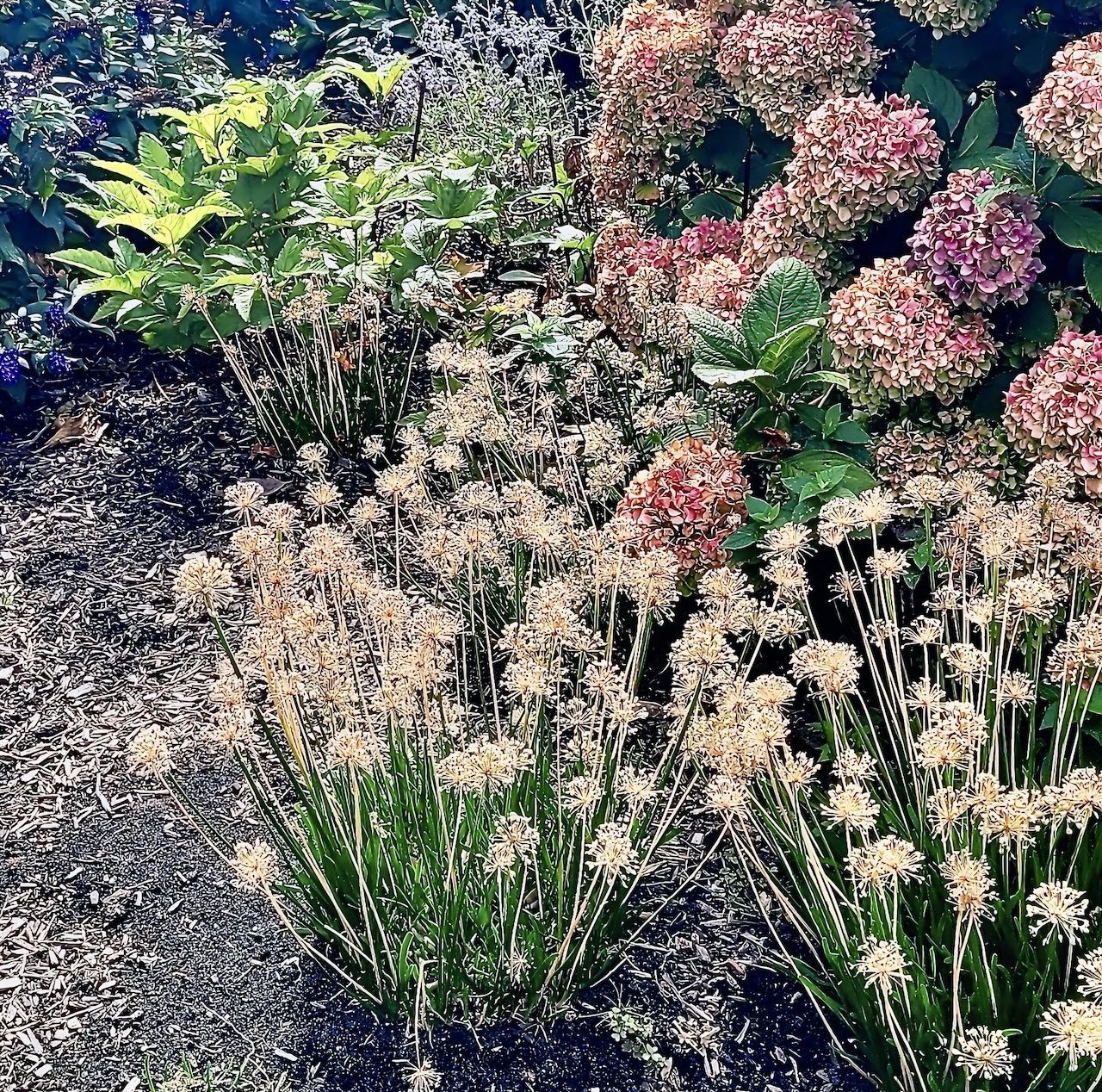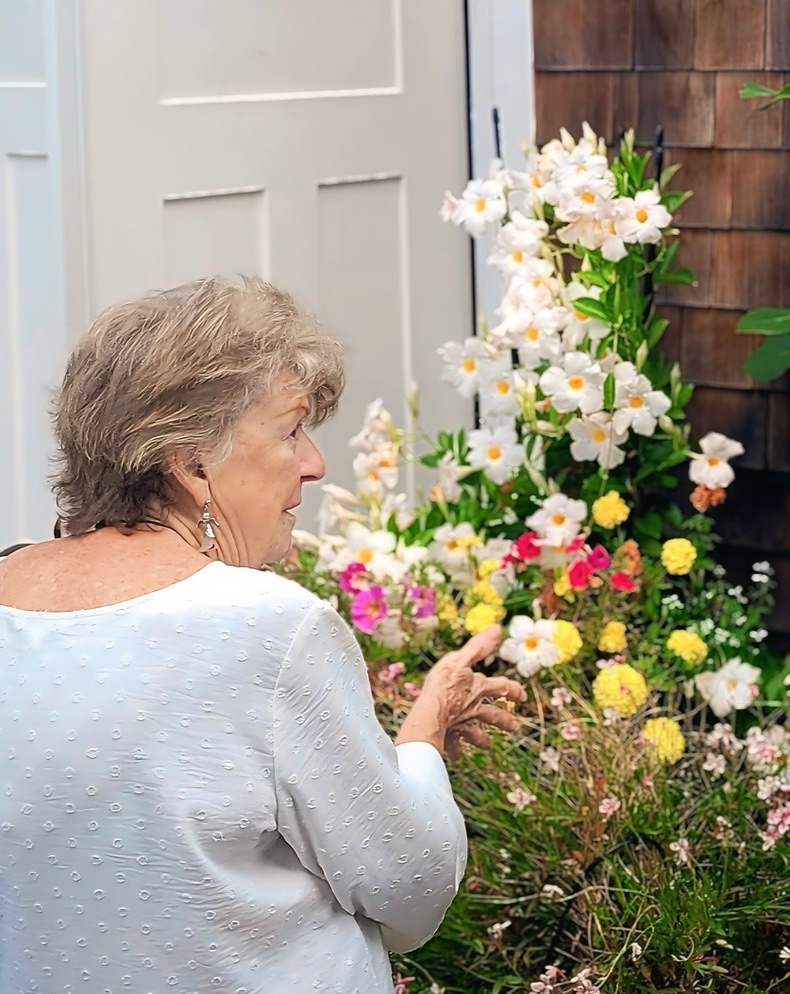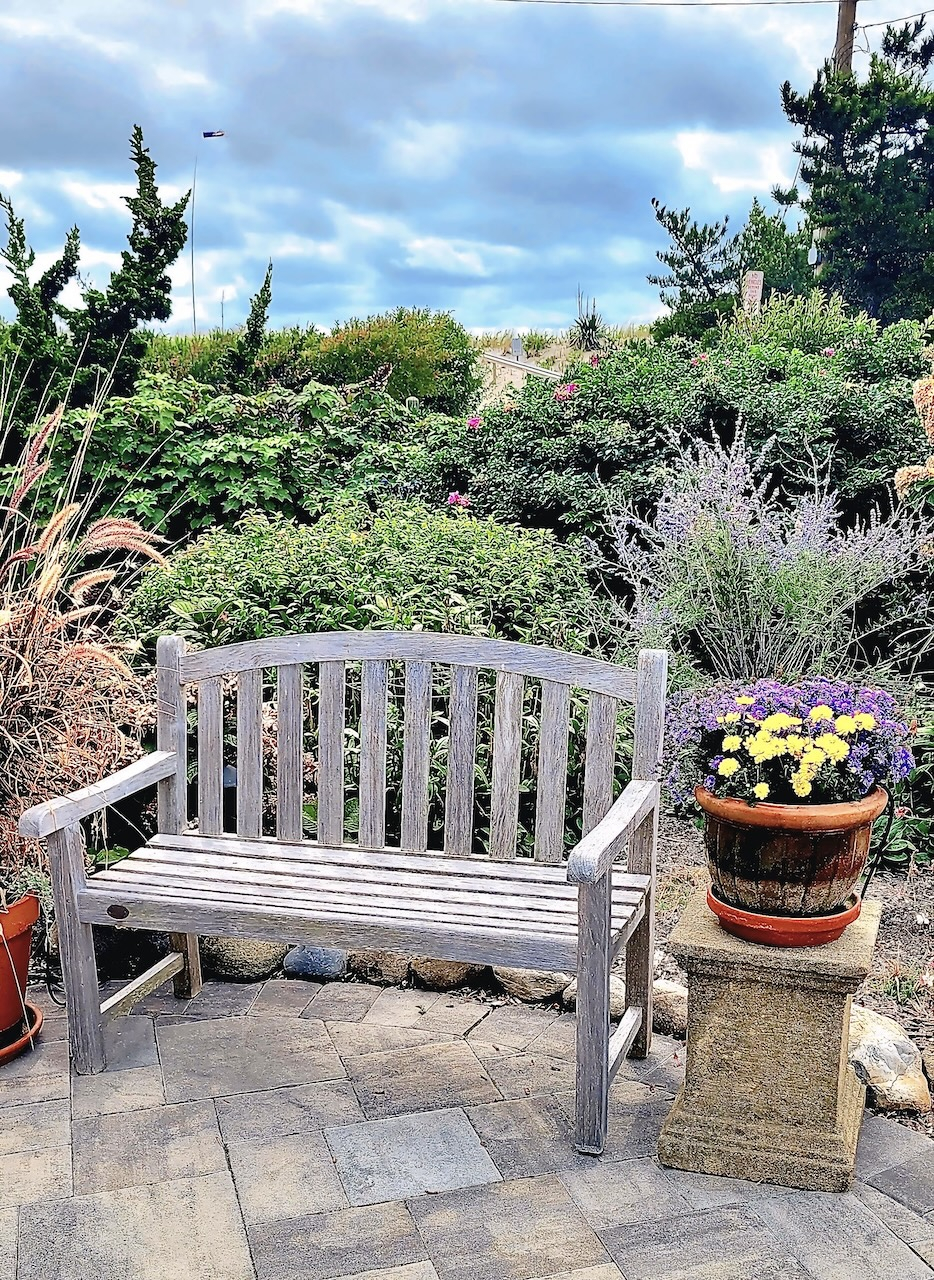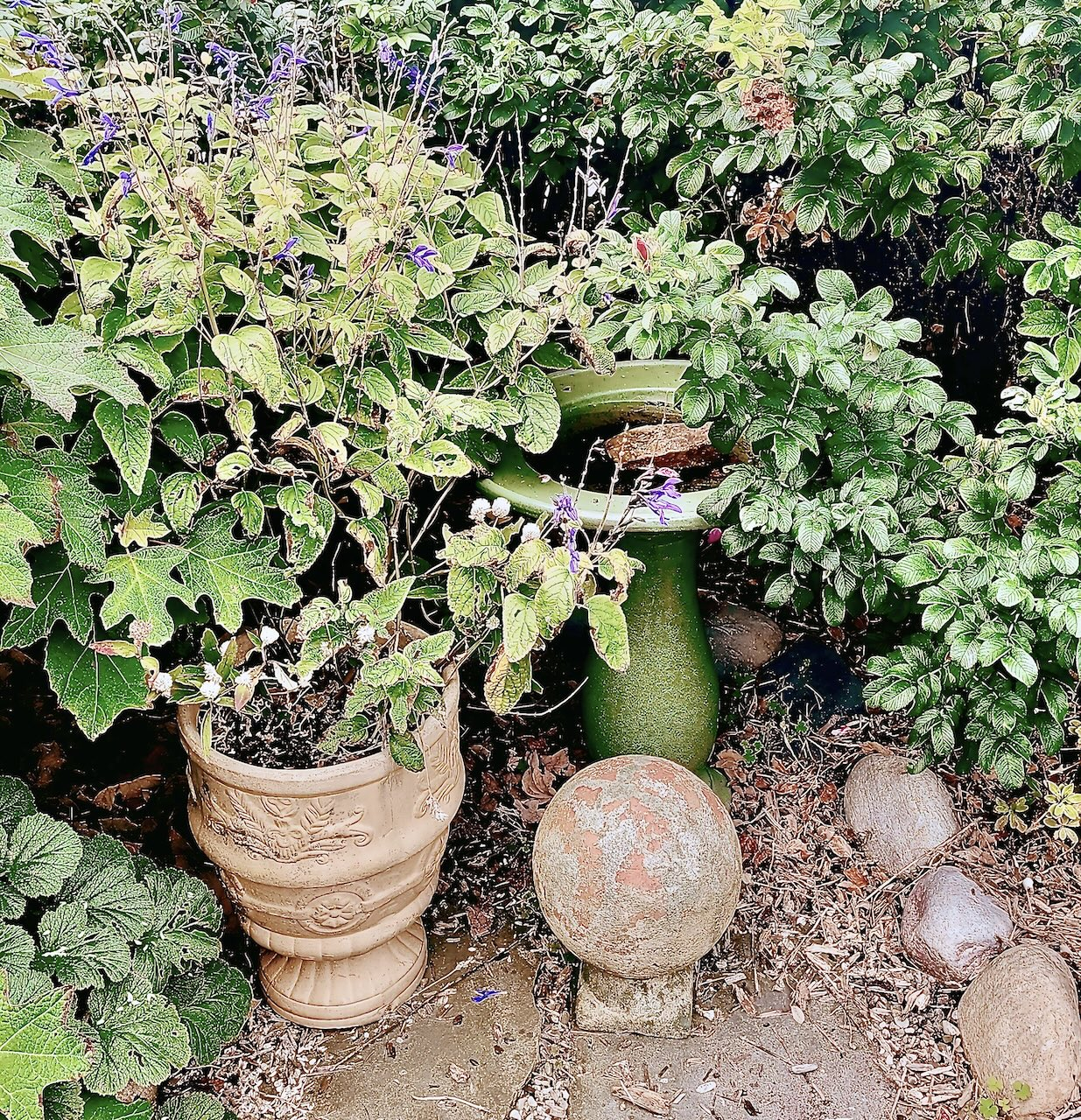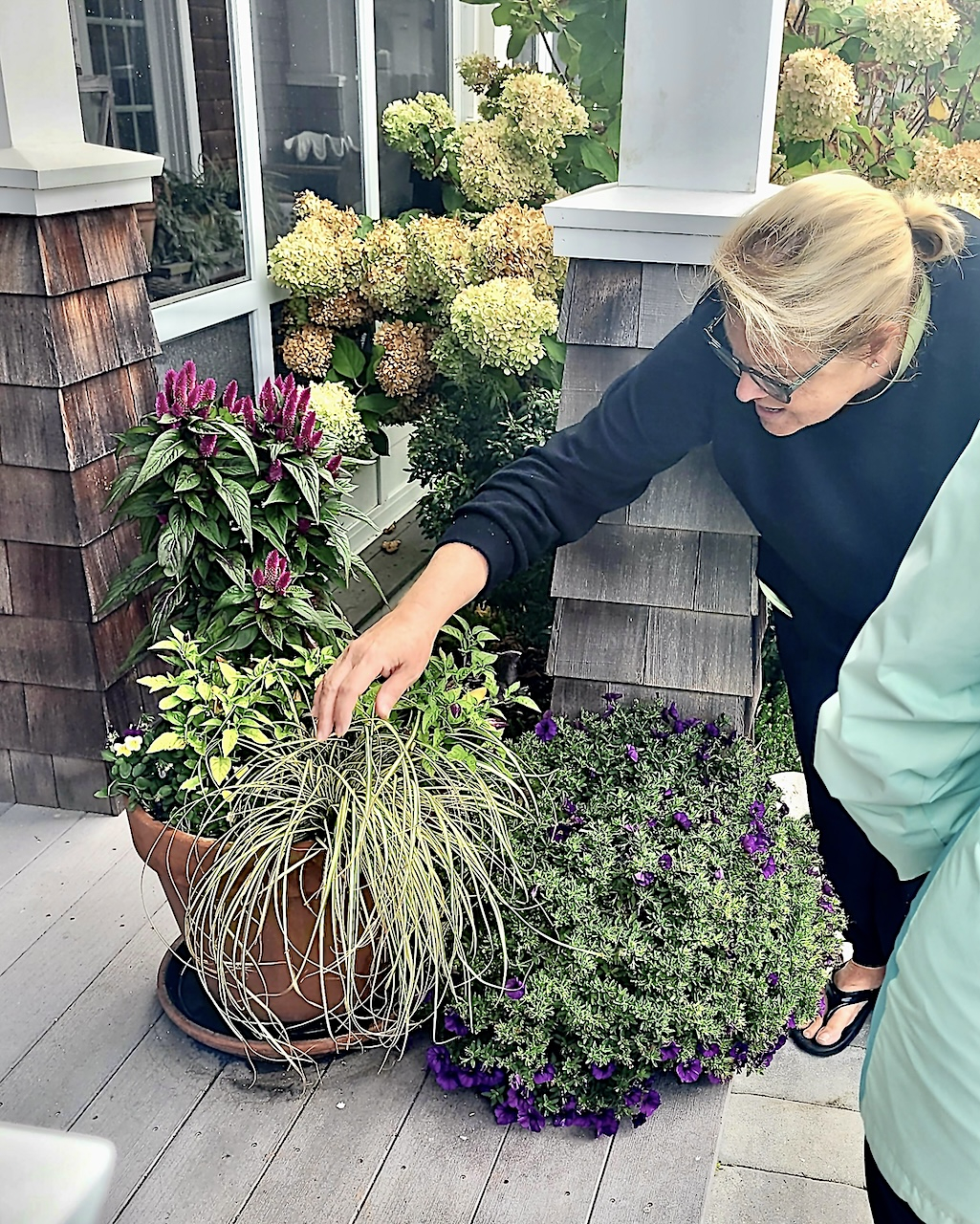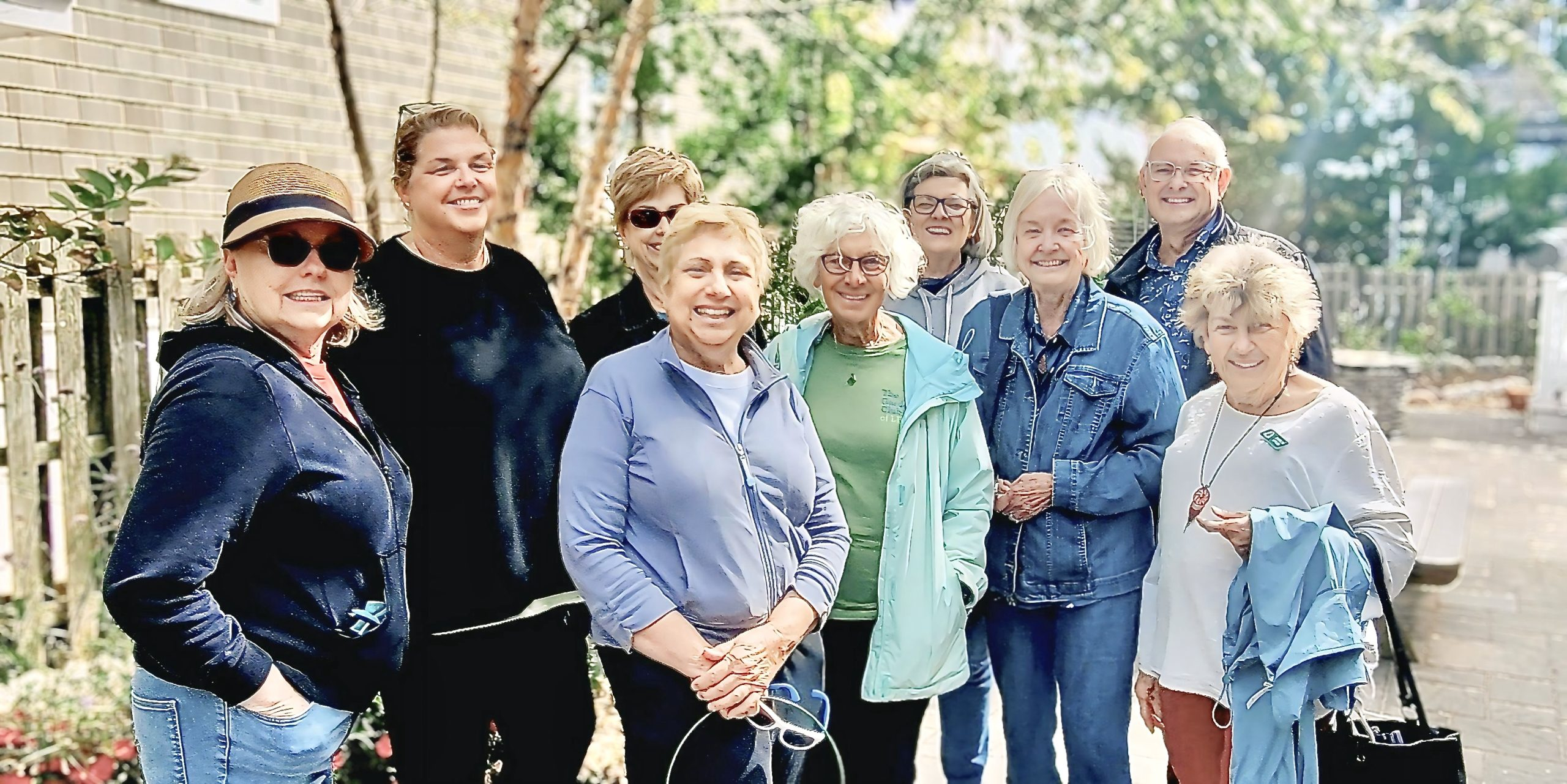Horticulture Chair 2023-2024: Ann Calder, Master Gardener
The Horticulture committee has the primary role of serving as a valuable resource in the field of horticulture to both our club and the Long Beach Island community. The main objectives are to assist the club’s committees and members in making informed decisions and solving problems specifically related to their gardens. This assistance encompasses offering practical advice, providing access to helpful resources, and facilitating hands-on demonstrations. By offering continuous support and guidance, we aspire to create a more positive gardening environment. We firmly believe that this positivity will effectively contribute to fostering an atmosphere of knowledge expansion, increased creativity, and an enduring love for gardening among our club members and the community.
Winter Gardening November 2024
Photos by Kevin Janis (click on images to enlarge)
Submitted by Ann Calder
Find enjoyment and be productive in the fall/winter garden season!
Winter plants: Bring inside annual succulents, ferns, palms. Check for insects and refresh soil as needed. If you have the room, begonias and geraniums can come inside too.
Creative ideas for fall pots: Think outside the box. Innovative choices for fall planters include pansies instead of mums. Additionally, heuchera, celosia, ornamental kale, sedum and peppers are excellent options that provide lasting appeal to seasonal arrangements.
Dividing and moving plants: Fall is a great time to divide plants. As long as the soil is not frozen, you can perform this task. Remember to water!! It has been an especially dry fall so this is really important. New plantings need extra attention and care.
New plants: So think about adding perennials or shrubs or trees. New plantings need extra attention and care.
Pruning: Limit clean up and pruning. By leaving stems and plant material you create habitat for beneficial insects and native bees. Save chores like pruning and bed clean up till late winter and early spring. Leave the leaves…It’s good for the soil and for the wildlife and for overwintering insects. Hold off on pruning in the fall. Pruning stimulates growth and those tender shoots can then be damaged by cold temperatures and windy winter days.





